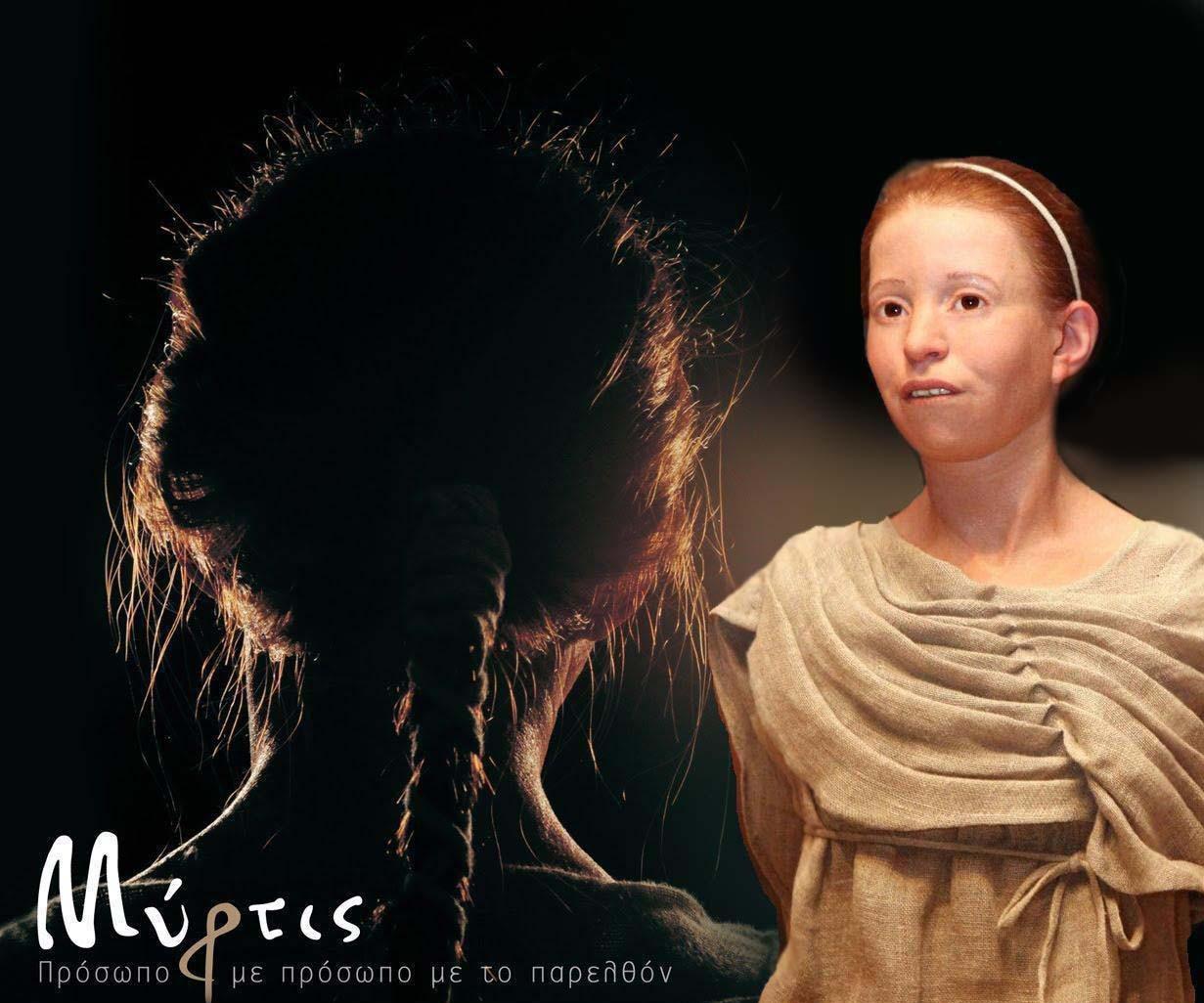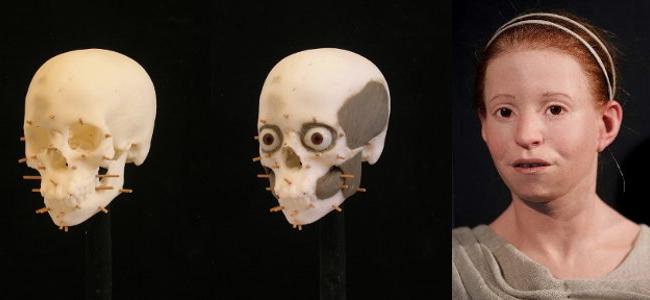The conference, titled “5 years with Myrtis”, is being held at the Acropolis Museum on May 13 to mark the 5-year-anniversary since the reconstruction of the 11-year-old girl, known as Myrtis, in an effort to put a face on Greek antiquity.
The young girl known as Myrtis was given a new lease of life by scientists after 2,500 years. She had died of typhoid fever in a plague that also led to the death of Pericles and a third of all Athenians. Not only did scientists resurrect Myrtis, but she was also made a UN spokesperson on disease prevention with her picture posted to support the UN’s goals.
“My death was inevitable. In the 5th century BC we had neither the knowledge nor the means to fight deadly illnesses. However, you, the people of the 21st century, have no excuse. You possess all the necessary means and resources to save the lives of millions of people. To save the lives of millions of children like me who are dying of preventable and curable diseases. 2,500 years after my death, I hope that my message will engage and inspire more people to work and make the Millennium Development Goals a reality,” a letter posted next to her picture says.
The event taking place at the Acropolis Museum is being held under the auspices of the University of Athens, the Ministry of Research and Innovation, the UN and the Norwegian Embassy in Greece.
Ask me anything
Explore related questions






